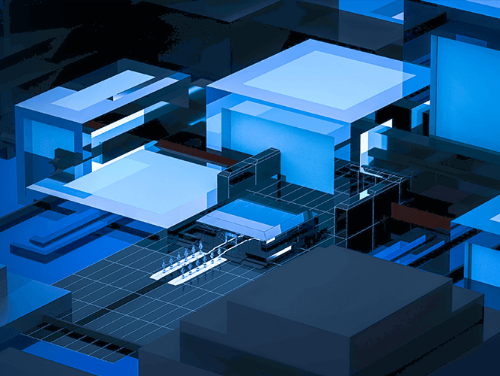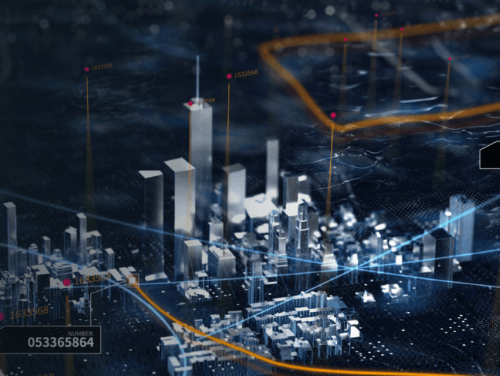This article is reprinted from the author of "Machine Heart" | Machine Heart Editorial Department
For many people, brushing their faces to unlock their phones and making quick payments are essential daily actions. Many banks and payment institutions have now opened mobile apps for facial recognition authentication, allowing services that previously required going to business outlets to be remotely verified. However, at the same time, there are more and more methods for cracking facial recognition using images, 3D models, and even Deepfake, a deep learning technology that mimics the faces of others and generates specific videos, has emerged.
With the emergence of face recognition cracking technology, people's demand for live detection is gradually increasing, and the security level requirements are also becoming increasingly strict. Currently, live detection is an important guarantee for the security of facial recognition information: by "observing" images, AI algorithms can identify abnormal operation situations, perceive whether the account is operated by oneself, and thus curb fraudulent behavior.
One of the domestic computer vision startups is rapidly attracting attention due to its advanced live detection technology.
Recently, Xiaoshi Technology's self-developed infrared live body detection algorithm, combined with the DiWeiTai binocular camera, has officially passed the authoritative technical test of the National Financial IC Card Security Testing Center - Bank Card Testing Center (BCTC), obtained the technical certification of "enhanced level" live body detection, and met the enhanced level security standard certified by the national financial authority.
Achieve reliable live body testing, ranking among the top in international competitions
It is not easy to achieve this, as it means that live detection algorithms need to face hacker attacks in the real environment and resist the temptation of various malicious tools.
The infrared live body detection algorithm of Minivision Technology has passed multiple test items such as face acquisition, image quality classification, and live body detection in testing. The test results show that under different testing environments such as normal light, strong light, weak light, backlight, negative and positive light, cold and warm color light, different distances, and angles, the infrared living body algorithm can effectively defend against attacks from 2D static paper images (various materials, presentation methods, cropping methods, etc.), 2D static electronic images, 2D dynamic videos, 3D realistic masks, and 3D realistic headforms.
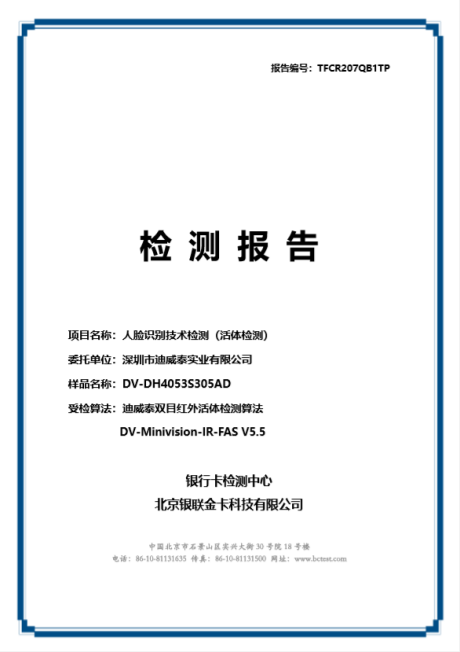
Certification and testing reports obtained by Minivision Technology and Di Weitai
BCTC is a third-party professional technical testing institution approved by the head office of the People's Bank of China. Its testing results are recognized by international payment card standardization organizations such as EMVCo, PCI, GlobalPlatform, and domestic and foreign payment organizations such as China UnionPay, VISA, MasterCard, Discover, and JCB.
It is a challenging task in the current industry to be able to obtain technical certification for "enhanced" live detection. Since the start of UnionPay certification testing in 2019, only over thirty companies in China have passed the verification, most of which use 3D structured light living technology.
After testing a large number of samples, Xiaoshi Technology's algorithm has a real person pass rate of over 99%, and a prosthetic attack defense rate of over 99.9%, meeting the "enhanced level" performance indicator requirements for live detection in the "Technical Specification for Offline Payment Security Application of Face Recognition (Trial)".
According to Xiaoshi Technology, the current live body detection technology routes in the industry are mainly divided into RGB based live bodies, IR infrared based live bodies, and 3D structured light based live bodies. Due to the high hardware cost of 3D structured light, its application in the industrial field is not as widespread as RGB and IR infrared living organisms. The live detection based on the first two methods will also face challenges such as device lens imaging issues and end to side device computing power limitations.
In the solution certified by UnionPay, the Xiaoshi Technology team continues the previous solution approach of the open-source silent live detection algorithm (Silent Face Anti Spoofing), transforming the input from RGB images into IR infrared images. Through experimental verification, the accuracy of the live model has been effectively improved.
Specifically, in the live body detection algorithm, researchers adopted a silent live body detection method based on Fourier spectrum graph assisted supervision. The model architecture consists of a classification main branch and a Fourier spectrum graph assisted supervision branch. During the model training process, the frequency domain information of real and fake face data is optimized to enhance the discrimination ability of the live body model.
The overall architecture is shown in the following figure:
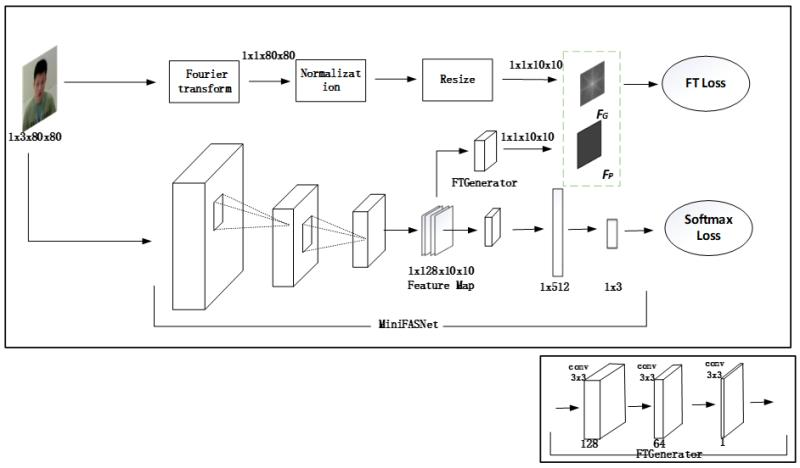
Not only is it technologically advanced in industrial application scenarios such as live detection, but Minivision Technology has also achieved good results in top international facial recognition competitions.
Recently, at the National Institute of Standards and Technology (NIST) International Face Recognition Competition (FRVT) in the United States, Minivision Technology achieved a comprehensive ranking of seventh. In the most challenging wild (open scene) environment test, Xiaoshi also achieved second place.
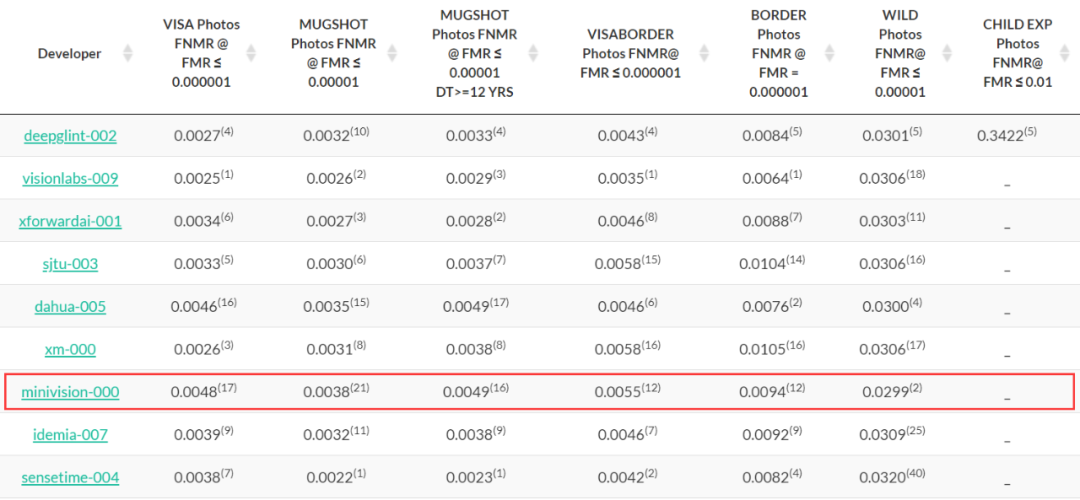
The current accuracy comprehensive ranking of the FRVT competition is based on the results of the Minivision Technology team.
The members participating in the competition stated that in the open scenario testing, the sources of data are very rich, with a wide range of image resolutions, diverse facial postures, and some occlusion situations. Achieving second place in such a complex scene highlights the ability of small vision facial recognition technology to cope with complex scene recognition.
Original 200 algorithms to assist smart cities
Skilled Xiaoshi has chosen a unique development path.
Unlike other AI visual technology companies, Minivision Technology focuses on providing comprehensive ecological services for segmented scenarios such as smart communities, smart municipalities, smart parks, smart commerce, and the internet. Its product architecture system is based on original algorithms, smart hardware, AIoT application service platforms, and industry solutions. It maintains an open and cooperative form at multiple levels, and its product form can be readily available.
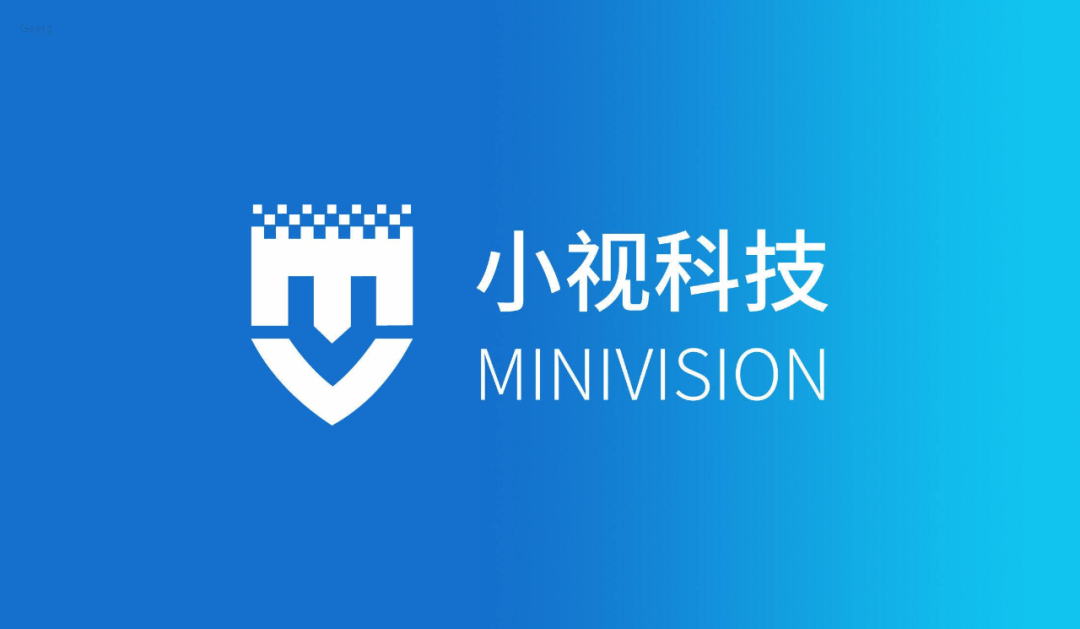
The proportion of R&D personnel in Xiaoshi has reached 70%. Over the course of several years of development, it has developed nearly 200 algorithms in six categories, including facial and human recognition analysis, behavior analysis, object detection and recognition, text recognition, pet recognition, and interactive entertainment algorithms. These technologies have been widely applied in scenarios such as smart communities, smart city governance, and internet applications.
Adhering to the development concept of ecological cooperation, Xiaoshi has gradually opened up various algorithms. Currently, it has opened up cartoon based human portraits, industrial grade silent live detection, and has also been widely recognized in the industry.
Minivision Technology GitHub: https://github.com/minivision-ai
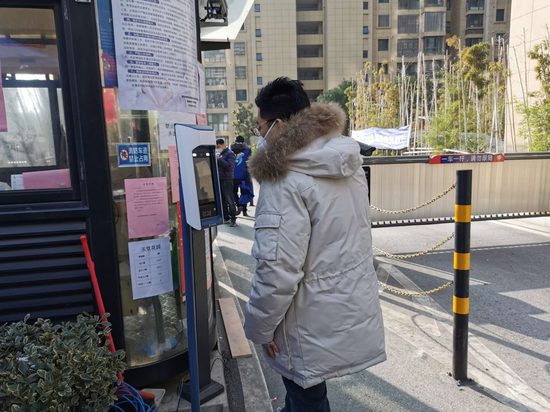
During the epidemic, Minivision Technology also launched an AI solution of "body temperature measurement+mask detection".
The technical certification of BCTC through the bank card testing center means that Xiaoshi Technology has another ability to safeguard personal information security.
In the future era of artificial intelligence 2.0, deep customization of algorithms for complex scenarios, technological breakthroughs in difficult and on-demand algorithms, and technological integration of AIoT application ecology will be several key directions for the research and development team of Xiaoshi, hoping to bring efficient and high-quality landing applications to the industry.
The next generation technology of Minivision Technology will once again become the beginning of a new story.


